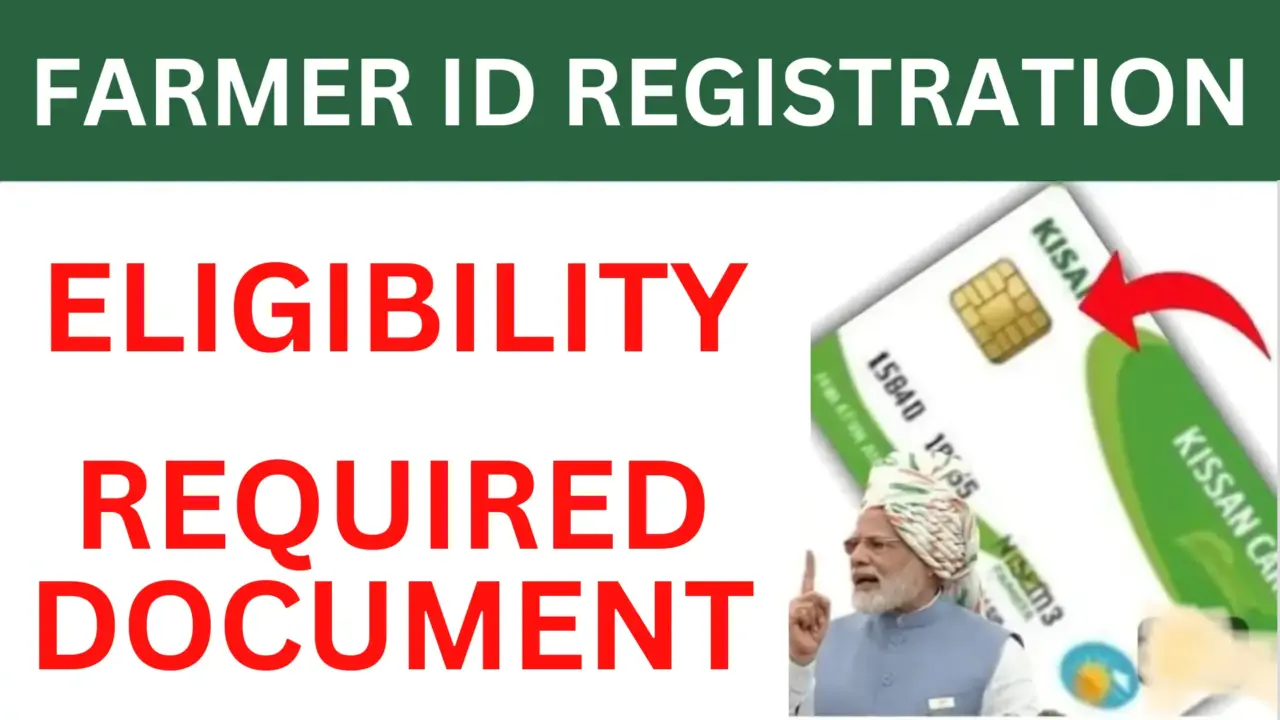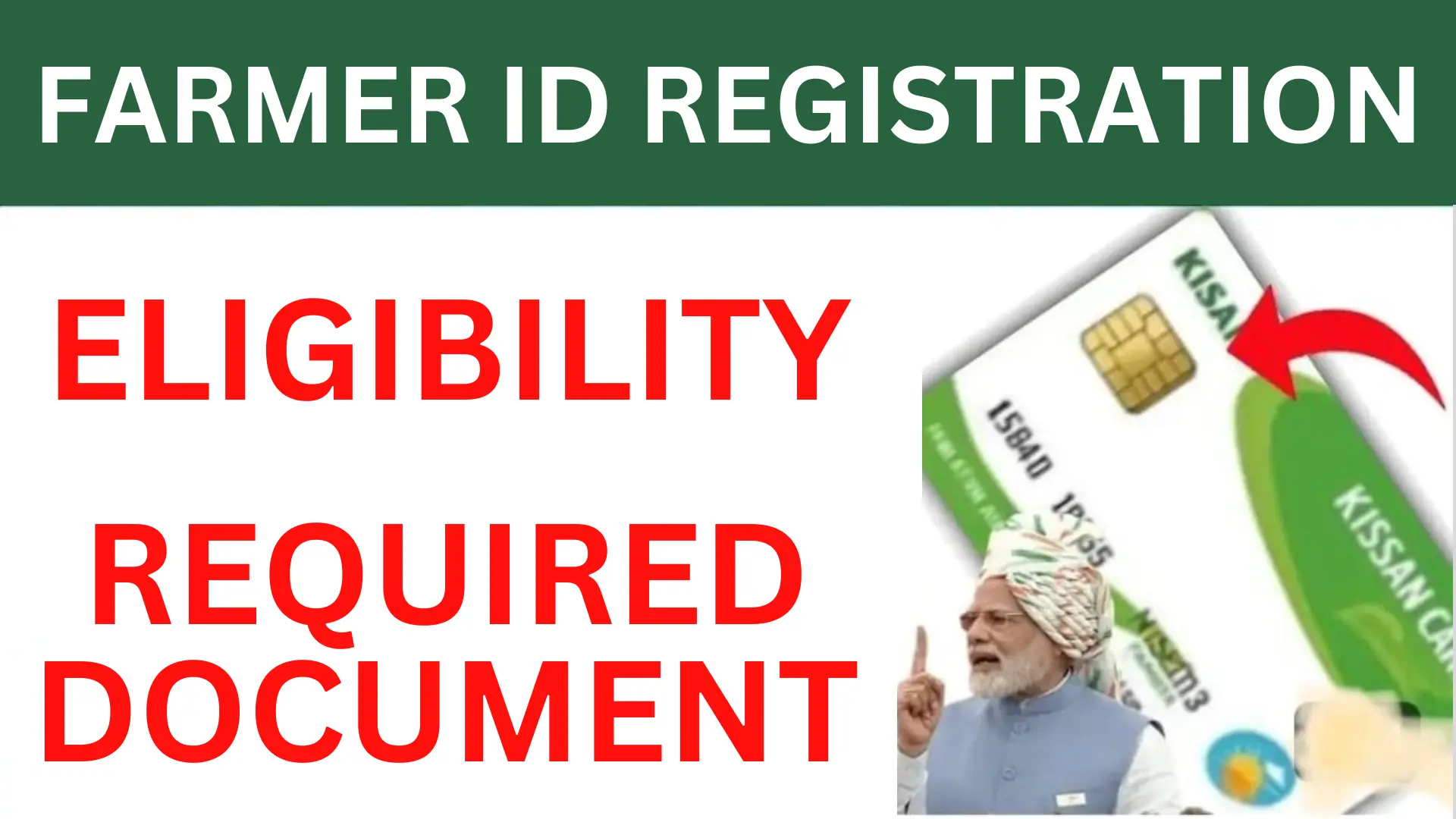In a significant move towards digitizing India’s agricultural sector, the government has launched the Farmer ID Registration initiative. This ambitious project aims to provide unique digital identities to millions of farmers across the country, similar to the Aadhaar card system. The Farmer ID, also known as Krushak Parichaya Patra or Kisan Pehchaan Patra, is designed to streamline access to various agricultural schemes, subsidies, and services while creating a comprehensive digital database of farmers.
The Farmer ID is an Aadhaar-linked unique digital identity that dynamically connects to the state’s land records, demographic information, crop data, and ownership details. This digital identity will serve as a crucial component of the country’s AgriStack, a farmer-centric Digital Public Infrastructure (DPI) aimed at enhancing service delivery and scheme implementation for cultivators. The initiative is part of the broader Digital Agriculture Mission, which received Cabinet approval with an allocation of Rs 2,817 crore.
The government has set an ambitious target to create digital identities for 11 crore (110 million) farmers by 2027. This massive undertaking is expected to revolutionize the agricultural sector by providing a single, verified source of farmer information, reducing paperwork, and enabling faster, more efficient delivery of benefits and services to the farming community.
Farmer ID Registration 2025

| Official Name | Krushak Parichaya Patra / Kisan Pehchaan Patra |
| Purpose | To create a digital identity for farmers linked to land records and other agricultural data |
| Target | 11 crore (110 million) farmers by 2027 |
| Implementation Timeline | 6 crore in 2024-25, 3 crore in 2025-26, 2 crore in 2026-27 |
| Key Features | Aadhaar-linked, connected to land records, crop data, and scheme benefits |
| Responsible Authority | Ministry of Agriculture and Farmers’ Welfare |
| Budget Allocation | Part of Rs 2,817 crore Digital Agriculture Mission |
| Benefits | Streamlined access to schemes, reduced paperwork, efficient service delivery |
Key Objectives of Farmer ID Registration
- Digital Identity: To provide farmers with a trusted digital identity, similar to Aadhaar.
- Streamlined Access: To simplify farmers’ access to various agricultural schemes and benefits.
- Data Consolidation: To create a comprehensive database of farmers and their agricultural activities.
- Policy Planning: To aid the government in making informed policy decisions based on accurate farmer data.
- Efficient Service Delivery: To reduce bureaucratic hurdles and expedite the delivery of services to farmers.
- Transparency: To enhance transparency in the distribution of agricultural subsidies and benefits.
Components of the Farmer ID
- Aadhaar Number: Linked to the farmer’s Aadhaar for unique identification.
- Personal Details: Name, gender, and other demographic information.
- Land Records: Details of land ownership and cultivation.
- Crop Information: Data on crops sown and agricultural activities.
- Livestock Ownership: Information on livestock owned by the farmer.
- Scheme Benefits: Record of benefits availed under various agricultural schemes.
Eligibility for Farmer ID Registration
- Own or lease agricultural land in India
- Be actively engaged in farming activities
- Possess a valid Aadhaar card
Documents Required for Farmer ID Registration
- Aadhaar Card: Essential for identity verification
- Land Ownership Documents: Proof of ownership or lease of agricultural land
- Bank Account Details: Copy of the farmer’s bank passbook
- Photograph: Recent passport-sized photograph
- Mobile Number: For communication and updates
- Proof of Residence: Such as voter ID or ration card (if applicable)
Farmer ID Registration Process
- Visit Official Portal: Farmers need to access their state’s official agricultural department website.
- New Registration: Click on the “New Registration” or “Farmer Registration” option.
- Enter Details: Provide Aadhaar number, mobile number, and other required information.
- Document Upload: Submit necessary documents such as land records and bank details.
- Verification: Officials verify the submitted information and documents.
- ID Generation: Upon successful verification, a unique Farmer ID is generated.
Benefits of Farmer ID Registration
- Simplified Access: Easy access to government schemes like PM-Kisan and crop insurance.
- Reduced Paperwork: Minimizes the need for repeated document submissions for different schemes.
- Faster Benefit Disbursement: Enables quicker transfer of subsidies and other financial benefits.
- Accurate Data Collection: Helps in gathering precise information for agricultural planning and policy-making.
- Targeted Services: Allows for more personalized and targeted agricultural advisory services.
- Enhanced Transparency: Reduces the chances of fraud in benefit distribution.
Conclusion
The Farmer ID Registration initiative represents a significant step towards modernizing India’s agricultural sector. By creating a comprehensive digital identity system for farmers, the government aims to enhance the efficiency of agricultural schemes, improve service delivery, and empower farmers with easier access to benefits and information.
As the initiative progresses, it has the potential to transform the landscape of Indian agriculture, making it more data-driven, transparent, and responsive to the needs of farmers. However, the success of this ambitious project will depend on effective implementation, widespread adoption by farmers, and continuous refinement based on feedback and evolving needs of the agricultural community.

